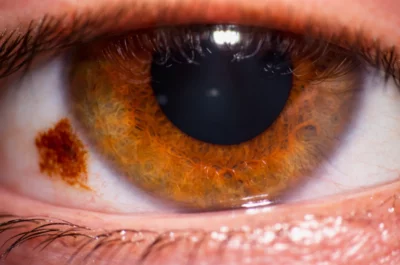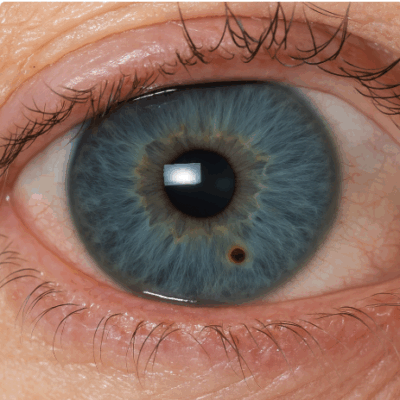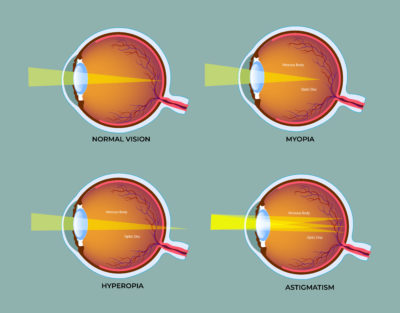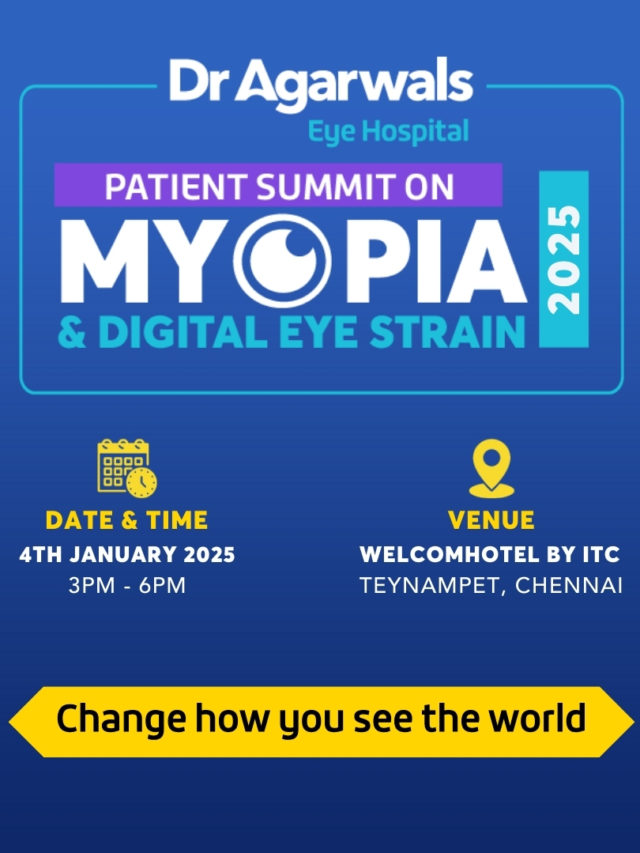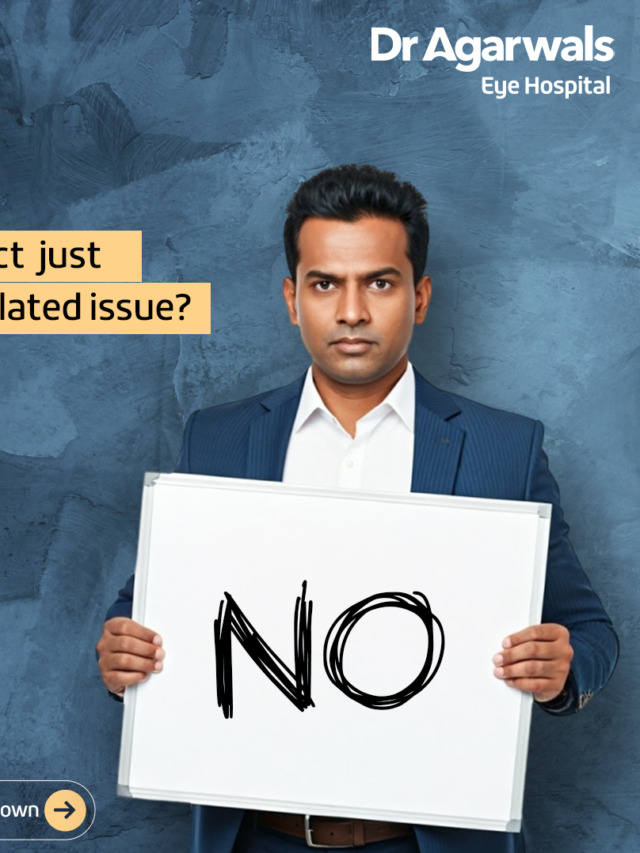A chalazion is a common eyelid condition that occurs when an oil gland becomes blocked, leading to a firm lump on the eyelid. While many chalazia (plural of chalazion) resolve with home remedies, some cases require medical treatment, including surgery.
This article explains what a chalazion is, its symptoms, causes, available treatments, and when chalazion surgery may be necessary. It also outlines prevention strategies to reduce recurrence and support healthier eyelids.
What Is a Chalazion?
A chalazion is a non-infectious, painless lump or swelling that develops on the eyelid when a meibomian gland becomes blocked. Unlike a stye, which is usually painful and caused by infection, a chalazion is often more persistent but less tender.
While small chalazia may disappear on their own, larger ones can interfere with vision, cause discomfort, or create cosmetic concerns, making surgical removal necessary.

Symptoms of Chalazion
Painless Lump or Swelling
The hallmark of a chalazion is a firm, painless lump on the upper or lower eyelid. It usually grows slowly and may persist for weeks or months.
Mild Swelling and Redness
Some patients experience mild swelling and redness around the affected area. This may improve or worsen depending on the size of the chalazion.
Blurred Vision
Large chalazia can press against the cornea, leading to blurred vision or astigmatism. This symptom often indicates the need for medical evaluation.
Feeling of Heaviness
A noticeable feeling of heaviness in the eyelid is common, particularly when the chalazion grows larger and interferes with normal blinking.
Other Potential Symptoms
Additional symptoms include localised tenderness (if inflamed), increased tearing, or occasional sensitivity to light. Some chalazia may mimic other eyelid conditions, requiring professional diagnosis.
Causes of Chalazion
Blocked Oil Gland
The most common cause is a blocked oil gland in the eyelid, preventing natural secretions from draining properly.
Meibomian Gland Dysfunction (MGD)
Meibomian gland dysfunction affects oil production, increasing the risk of recurring chalazia. This condition is often linked with chronic eyelid inflammation.
Blepharitis
Chronic blepharitis, or inflammation of the eyelid margins, can clog the oil glands and lead to repeated chalazion formation.
Ocular Rosacea
Patients with ocular rosacea are more prone to chalazia due to ongoing eyelid inflammation and abnormal oil gland activity.
Treatment Options for Chalazion
Home Care
Home care for a chalazion focuses on non-invasive steps like applying warm compresses several times daily, maintaining eyelid hygiene with gentle cleansing, and avoiding rubbing or squeezing the lump to prevent worsening.
Warm Compresses
Applying a warm compress for 10-15 minutes, several times a day, softens the blockage and encourages drainage.
Eyelid Hygiene
Maintaining eyelid hygiene with gentle cleansing reduces bacteria and helps prevent recurrence.
Avoid Touching or Squeezing
Patients should avoid touching or squeezing the chalazion, as this can worsen inflammation and delay healing.
Medical Treatments
Medical treatments for chalazion include steroid injections to reduce inflammation, antibiotic ointments or drops if infection is suspected, and surgical removal (incision and curettage) for persistent or large lumps unresponsive to home care.
Steroid Injections
In some cases, doctors recommend steroid injections to reduce inflammation and shrink the chalazion.
Surgical Removal (Incision and Curettage)
If conservative measures fail, a chalazion surgery (incision and curettage) may be performed to remove the lesion. This outpatient procedure is quick and highly effective.
Antibiotics
While chalazia are not infections, topical or oral antibiotics may be prescribed if there is secondary infection or associated blepharitis.
Oral Antibiotics
For chronic or recurrent chalazia, oral antibiotics such as tetracyclines may be considered, particularly in patients with rosacea.
Chalazion Surgery: Procedure and Recovery
How Is Chalazion Surgery Performed?
During chalazion surgery, a small incision is made on the inside of the eyelid to drain the contents. Stitches are rarely required, and scarring is minimal.
What to Expect Before, During, and After Surgery
Before chalazion eye surgery, local anaesthesia is administered. The procedure usually takes less than 20 minutes. Afterwards, patients may experience mild swelling, redness, or discomfort, which subsides within a few days.
Recovery Timeline and Aftercare Tips
Recovery is generally quick, with most patients returning to normal activities within 2–3 days. Aftercare includes applying antibiotic ointment, using cold compresses, and avoiding eye rubbing until healing is complete.
How to Prevent Chalazion: Tips and Best Practices
Preventing chalazion recurrence involves maintaining good eyelid hygiene, managing underlying conditions like blepharitis and rosacea, and using warm compresses regularly. A balanced diet, reduced screen strain, and avoiding excessive eye makeup can also help support eyelid health.

